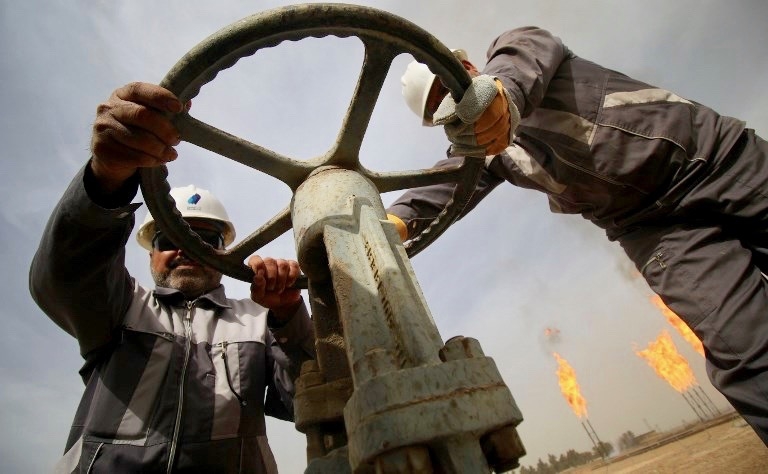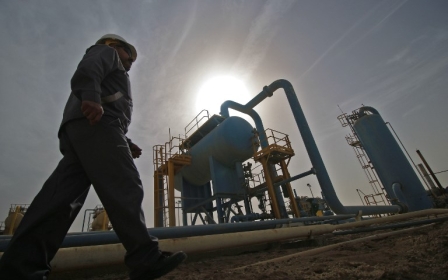First Iraq-flagged oil tanker in three decades leaves port bound for US

An Iraq-flagged tanker carrying two million barrels of crude oil set sail for the US, the first such trip in almost three decades, the oil ministry said on Saturday.
Iraq, which has been ravaged by a series of wars since the 1980s, is the oil cartel OPEC's second-biggest producer with 153 billion barrels of proven crude reserves.
"The Baghdad left Basra on Friday night headed for the United States. It is the first time since 1991 that Iraq is running its own oil tankers," oil ministry spokesman Assem Jihad said. Basra, in southern Iraq, is an oil-rich province.
In May, Iraq exported 3.5 million barrels of oil per day (bpd), according to the oil ministry. Iraq’s maximum production capacity is about 5 million bpd, although the government’s plan is to increase this capacity to 6.5 million bpd by 2022, according to Energy Voice’s website.
Under late dictator Saddam Hussein, Iraq went to war with Iran between 1980 and 1988 and invaded Kuwait in 1990, before being expelled by a US-led coalition.
Since an American-led invasion of Iraq in 2003, the country has been blighted by long periods of chaos, culminating in a three-year battle against Islamic State group militants.
Infrastructure in Iraq, which depends on oil for 99 percent of revenue, was devastated, so authorities are looking to boost oil and gas output.
The country has leased four tankers and is expected to obtain three more at a later date.
Iraq is looking to have its own fleet after decades without its own vessels, planning to invest in the creation of world-class strategic infrastructure for oil and gas, shipping logistics and trading operations, Oil Price.com reported.
Middle East Eye propose une couverture et une analyse indépendantes et incomparables du Moyen-Orient, de l’Afrique du Nord et d’autres régions du monde. Pour en savoir plus sur la reprise de ce contenu et les frais qui s’appliquent, veuillez remplir ce formulaire [en anglais]. Pour en savoir plus sur MEE, cliquez ici [en anglais].




